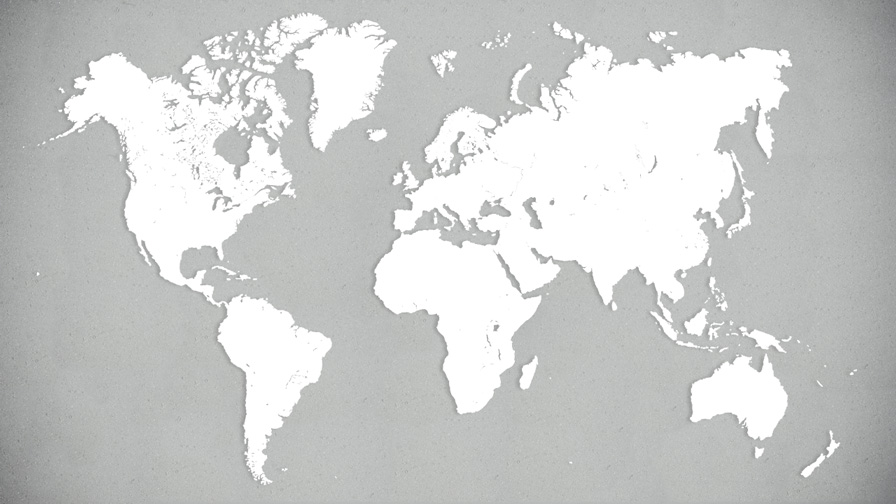We just wrapped up one of the biggest global events in history. And I just returned home from watching it firsthand. I had a lot of amazing experiences during my time in London, but as a marketer, seeing all of these big brands—sponsors and non-sponsors alike—compete to grab the attention of the millions (both online and in London) was just as interesting as seeing the athletes compete to bring home medals for their countries. Just like the athletes, these marketers saw victory and defeat. Part of the winning formula was balancing consistency with global customization.
 Our digital world has removed borders and made companies adopt a more unified marketing strategy. Social media spans borders and oceans seamlessly and can help close the gaps on the physical barriers. Roughly 81 percent of Facebook’s 955 million active users are outside of the United States and Canada. There are more than 70 translations available on the site and over 300,000 users helped translate the site through the translations application. Twitter is used in nearly every country in the world and is available in more than 20 languages. For marketers looking to expand their reach to new audiences, this makes a great case for looking at a global social marketing campaign. Before you set your sights on a global marketing campaign through social media, review these tips and best practices.
Our digital world has removed borders and made companies adopt a more unified marketing strategy. Social media spans borders and oceans seamlessly and can help close the gaps on the physical barriers. Roughly 81 percent of Facebook’s 955 million active users are outside of the United States and Canada. There are more than 70 translations available on the site and over 300,000 users helped translate the site through the translations application. Twitter is used in nearly every country in the world and is available in more than 20 languages. For marketers looking to expand their reach to new audiences, this makes a great case for looking at a global social marketing campaign. Before you set your sights on a global marketing campaign through social media, review these tips and best practices.
Know the market
Not every country mirrors the social media usage patterns of Americans and the adoption rate of new networks is often much slower in other countries. Regional differences in business applications for social media are, in some case, profound. Facebook is not even the preferred social media network in some areas of the world. In China, Weibo is the Twitter-like network of choice. When you first decide you want to leverage social media on a global scale you need to understand the environment with which you’ll be working. Each region of the world has different norms and behaviors when it comes to social media — in other words, do the leg work first to understand the landscape.
Listen first
Before initiating any social media program you must first listen. It’s arguably more critical from a global perspective. What are members of a given region talking about? What are they saying about your brand? What type of engagement practices do they employ? What are the cultural nuances of a given region? By listening, you can fully understand the types of conversation taking place about your brand (or industry) thereby helping you to identify the trends. This will help significantly in developing an entrance strategy into this market.
Develop a plan
Succeeding in a global environment does not mean simply changing the language of your efforts. You’ll want your international social media plan to be consistent with your domestic efforts, but it will need to be customized based on the knowledge of the region. After you have some insight into the global landscape you can craft a plan to outline your course of action. The plan will start with the identification of your goals and objectives — Why are you expanding your efforts? What are you looking to achieve? How will you measure success? Once these are established, you can sketch a path covering the overarching strategy and the tactics to achieve those goals.
One size does not fit all
You may decide (and it’s probably a good choice) to use Facebook as your medium of choice for reaching a global audience and centralize your efforts there. But know that what worked for reaching your domestic audience may not translate well overseas. Adapt your initiatives to fit the audience you’re trying to reach to create a customized experience for them.
Localize your message
Just because you’re taking your efforts to a global audience does not mean you can’t still localize things. Actually it’s almost necessary to be “glocal” with your message when targeting an international audience. It’s not only important to understand the cultural and language barriers and adjust your message for each market, but it’s also crucial to understand all cultural references and significant events and holidays. Platforms and tactics need to be tailored to the region to create a more personalized experience and really connect with the audience on a deeper level.
The brands that do global marketing well have a local identity but remain consistent across borders.
What are some other tips for brands looking to implement a global marketing campaign?


